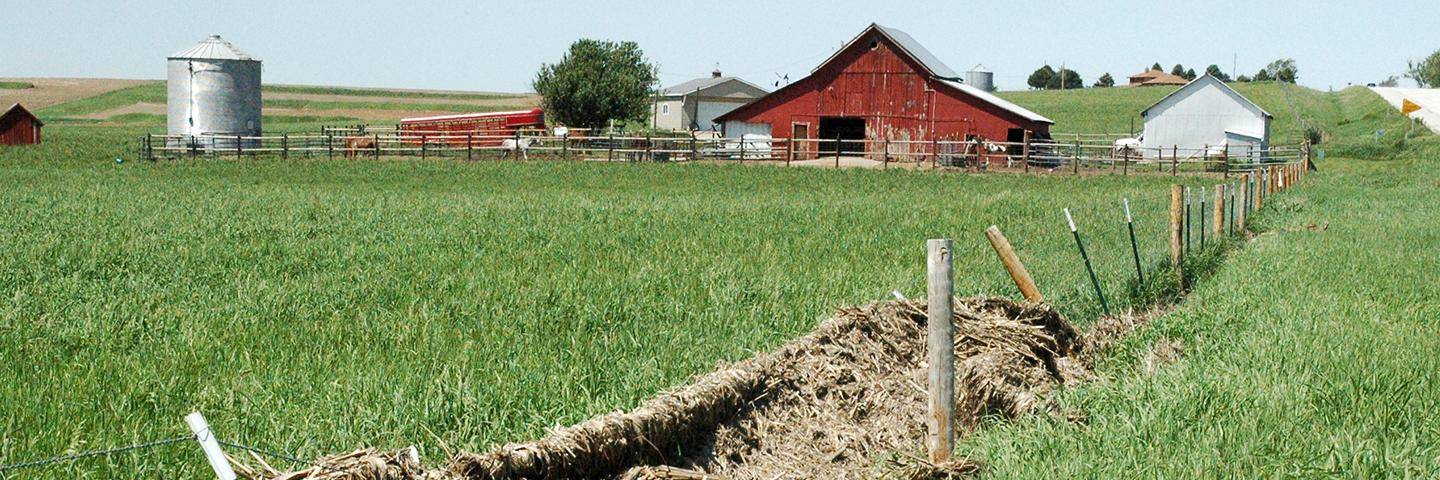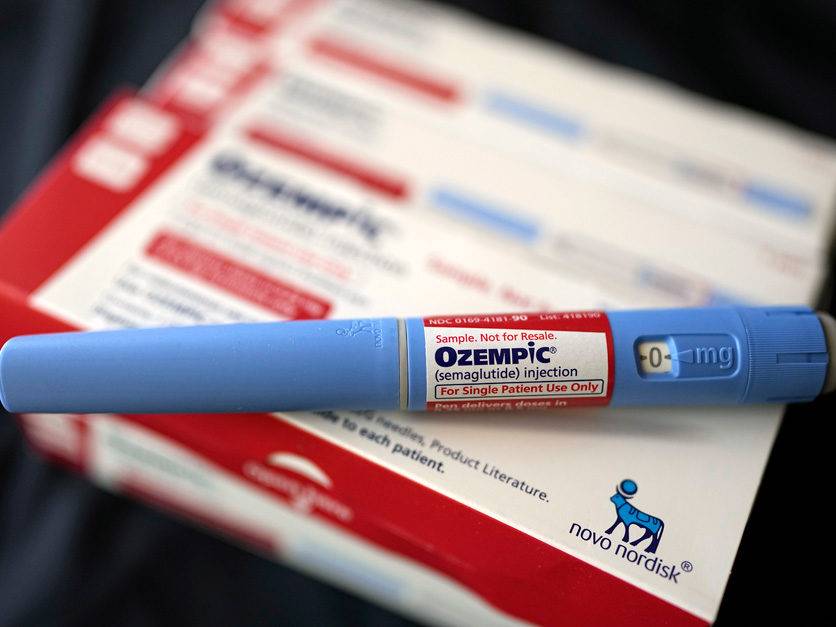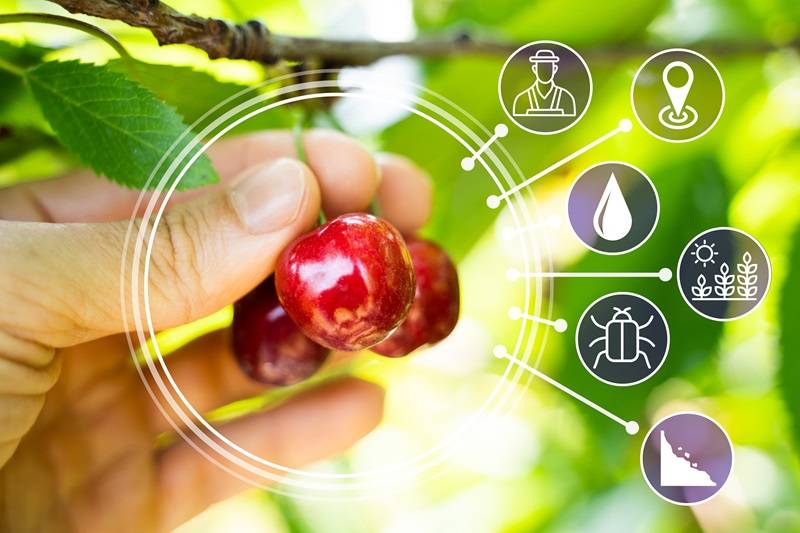White House Requests $21 Billion in Disaster Aid for Farmers and Rural Communities Impacted by Natural Disasters
On Monday, the Biden administration formally requested $21 billion in disaster aid from Congress to support farmers and rural communities who have suffered crop and livestock losses due to hurricanes, droughts, and wildfires over the past two years. This funding would be allocated through a new round of the Emergency Relief Program, which was last activated to assist farmers after the devastating losses of 2022.
The emergency relief funds would help producers recover from the impacts of natural disasters, including Hurricanes Helene and Milton. The relief package is designed to compensate farmers for losses not covered by crop insurance, such as those related to crop production, crop quality, and orchard tree losses. According to the White House’s request, the funding will be crucial for ensuring that agricultural communities have the resources they need to bounce back from these catastrophic events.
2022 Crop Losses and the Need for Additional Relief
In its estimates, the U.S. Department of Agriculture (USDA) calculated that crop losses for the year 2022 totaled approximately $10 billion. However, the funding provided by Congress covered only about one-third of that amount. This shortfall led to frustration among some farm groups, particularly smaller-scale producers, who felt that the pro-rated assistance system—intended to help them recover a larger share of their losses—did not adequately meet their needs.
In the face of these concerns, the new round of funding aims to address the gap by providing more targeted assistance to farmers affected by severe weather events in 2023 and 2024. The Biden administration’s request is designed to ensure that the relief process is both fair and sufficient to help agricultural communities recover, with a focus on those who need it most.
Expanding Emergency Relief Programs
Beyond crop loss compensation, the request also includes $1.08 billion for the USDA’s Emergency Watershed Protection program. This program funds vital efforts such as debris removal and watershed stabilization in regions severely impacted by Hurricanes Helene and Milton. These activities are essential for reducing the long-term environmental damage caused by extreme weather, protecting both agricultural lands and rural communities from further harm.
Additionally, the White House is seeking an additional $375 million for USDA Rural Development’s Disaster Assistance Fund. This funding would be used to assist rural utilities in repairing damage to electrical grids and transmission lines, which are often knocked out during hurricanes and wildfires. Ensuring that rural areas have access to reliable utilities is critical for both agricultural production and everyday life in these communities.
Another $356.5 million is requested for the Emergency Forest Restoration Program, which is intended to help restore forests affected by wildfires. This funding will be used to support reforestation efforts and help landowners restore healthy forest ecosystems, which are vital for biodiversity, local economies, and carbon sequestration.
A Comprehensive Disaster Aid Request
The total disaster aid request put forward by the White House amounts to $100 billion, with the USDA funding being a significant component of this broader relief package. This is part of a larger push to provide comprehensive disaster assistance for communities hit hard by natural disasters, from hurricanes to wildfires.
President Joe Biden highlighted the importance of bipartisan support in addressing the needs of disaster-affected communities, referencing previous disaster aid packages. For example, after Hurricane Katrina in 2005, Congress provided over $90 billion in aid, while Hurricane Sandy in 2013 prompted over $50 billion in assistance. Following the catastrophic hurricanes of 2017—Harvey, Irma, and Maria—Congress allocated more than $120 billion in relief.
“Just as the Congress acted then, it is our sworn duty now to deliver the necessary resources to ensure that everyone in communities reeling from Hurricanes Helene and Milton—and those still recovering from previous disasters—have the federal resources they need and deserve,” President Biden said in the formal request.
Congressional Response to the Aid Request
House Agriculture Committee Chairman Glenn “GT” Thompson (R-Pa.) commented on the need for timely and sufficient assistance to farmers affected by the recent disasters. Thompson, who toured hurricane-damaged areas in Florida and Georgia over the weekend, emphasized the urgent need for aid to keep farmers afloat.
“They have no revenue, they’ve lost infrastructure, they’ve lost income,” Thompson said of the farmers he met with. “We need to make sure that it’s timely and it’s sufficient to keep these folks farming.”
Thompson’s statement reflects the dire financial situation faced by many agricultural producers in the aftermath of hurricanes and wildfires. These disasters have not only caused significant physical damage to farm infrastructure but have also led to substantial income losses, putting farmers in a precarious position. Without timely federal relief, many producers may struggle to remain viable and continue farming in the long term.
The Road Ahead for Disaster Relief
As the U.S. continues to grapple with the effects of extreme weather events, the need for robust disaster relief measures remains critical. The $21 billion requested by the White House represents an important step in addressing the economic toll of recent natural disasters on agriculture. However, Congress will need to act quickly to ensure that these funds are delivered in a timely manner.
For farmers who have already been struggling with years of low commodity prices, rising input costs, and the challenges posed by climate change, this disaster aid could be the lifeline they need to recover and rebuild. As Chairman Thompson noted, the key will be ensuring that the relief is not only sufficient but also delivered without unnecessary delays.
With the 2024 election season fast approaching, it is likely that this request will spark ongoing debates in Congress about the appropriate level of disaster assistance and how to allocate funds equitably. However, the need for quick action is clear—agriculture plays a vital role in the U.S. economy, and the recovery of farmers is crucial for the broader health and prosperity of rural America.
Conclusion
The $21 billion in disaster aid requested by the White House represents a vital investment in the future of U.S. agriculture. With millions of farmers and rural residents still reeling from the impacts of hurricanes, droughts, and wildfires, this funding will provide much-needed support to help them recover and continue their work. As discussions move forward in Congress, the priority must be ensuring that the aid reaches those who need it most, allowing farmers and rural communities to rebuild and thrive in the face of future challenges.




